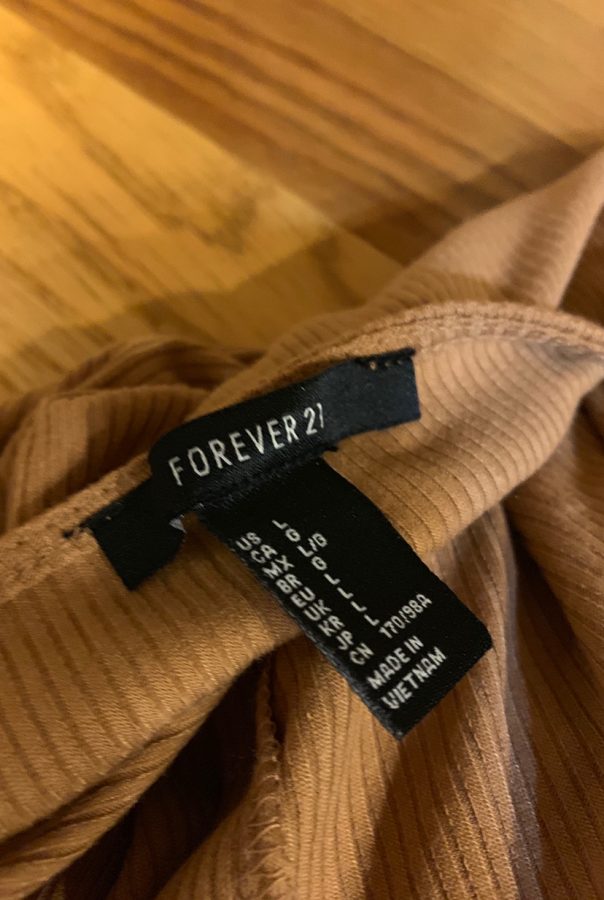Forever 21 files for bankruptcy
BANKRUPT. Fast fashion giant Forever 21 has officially declared bankruptcy. Due to mismanagement and failure to keep up with producing the latest, quality styles, other brands increased in popularity while Forever 21 fell. Despite the sadness some teens may face, others like Odaka see it as a good change for the enviroment.
November 9, 2019
Throughout the years, Forever 21 quickly rose in popularity among teens.
Known for their trendy clothes at extremely cheap prices, Forever 21 has become a household name among teenage shoppers. As a fast-fashion powerhouse, they’ve dominated the scene…until recently. In fact, their fast fashion business model that contributed to their rise may just be the thing that led to their downfall.
According to the New York Times, “At its peak [in 2015], the retailer brought in more than $4 billion in annual sales and employed more than 43,000 people worldwide in hundreds of stores. Now it is leaving 40 countries and closing… more than 30 percent of its stores in the United States.”
So, what happened between 2015 to 2019? How did this industry giant go from making billions to swimming in debt?
At the core, it can be broken down into three main points: the owner’s mismanagement, falling behind on producing the latest styles and a global trend in sustainability…a trend that they also fell behind on.
Originally, their business motto of quick-turnaround designs that could be inexpensively mass-produced, proved wildly popular with their younger customers who had little money to spend but wanted the latest looks.
But despite starting out as the trendsetter, quality was quickly traded for quantity as Forever 21’s founders began to expand the company. Business Insider said, “as the company focused on growing bigger, its styles became more “cookie-cutter.”
Consequently, Forever 21 started to lose touch with their core customers; meanwhile, competitors such as Zara and H&M began to rise in popularity.
Yet as the months went by, Forever 21 did little to catch up on style trends and chose to focus on expanding and producing. As a result, not only did they lag behind on the latest style trends, they also failed to adopt change with the growing calls for sustainability.
On the bright side, Sycamore fashion student, Sophia Odaka said, “Everyone loves the super cheap prices of clothing, but to me personally, I feel like we need to shop less at fast fashion stores. That’s why seeing Forever 21 going bankrupt makes me feel like this is better for the environment.”
At the end of the day, Forever 21’s closing has caused tears among shoppers, joy among sustainability advocates and surprise among all. But in the ever-changing fashion industry, one can only ask: who’s next?
To find Forever 21 stores closing in Cincinnati, click here: https://www.cincinnati.com/story/money/business/2019/10/02/forever-21-bankruptcy-ohio-stores/3840661002/







